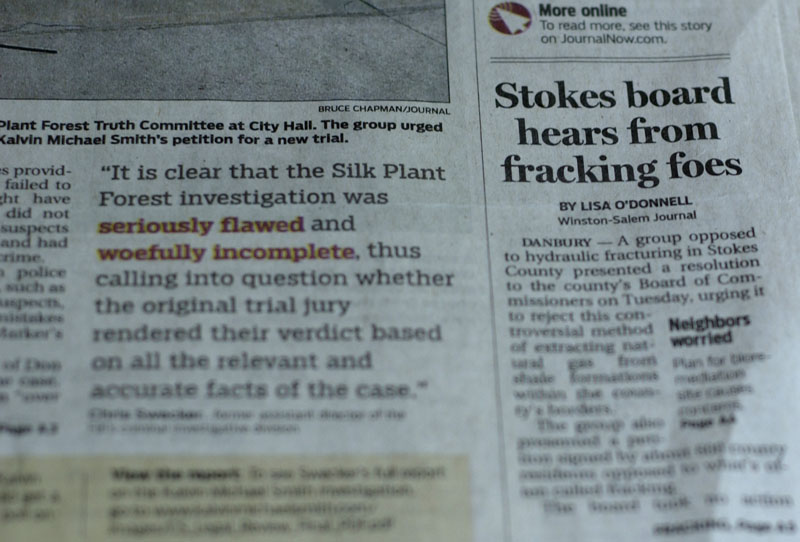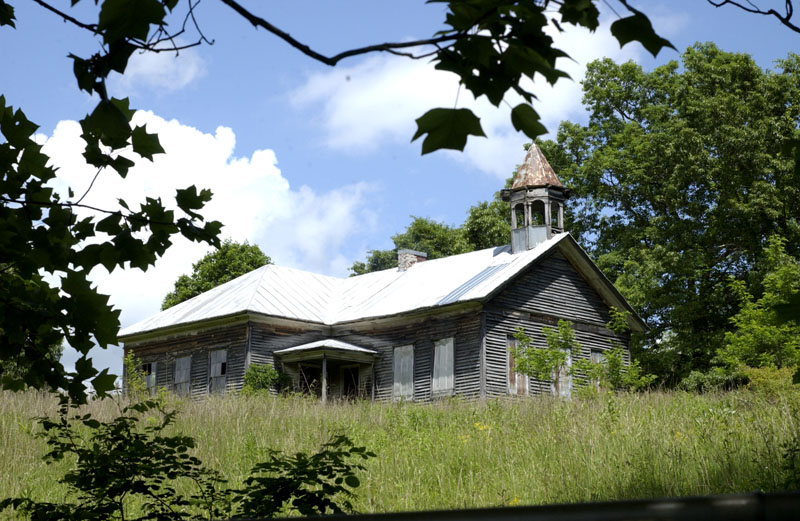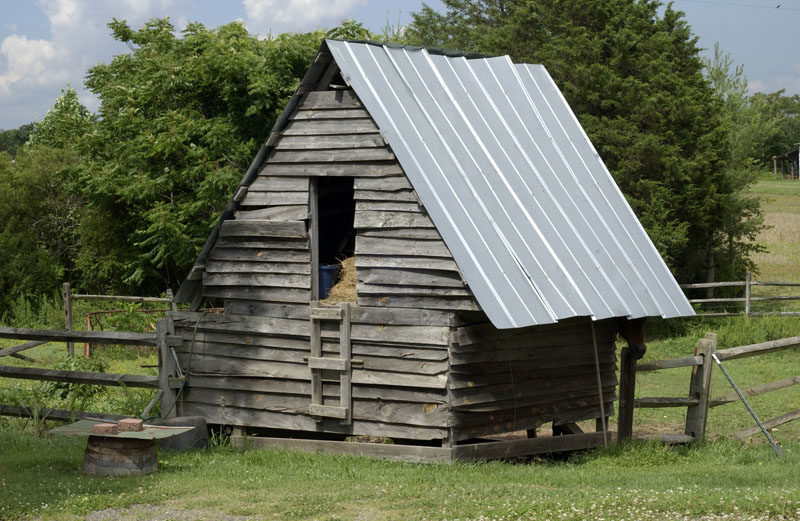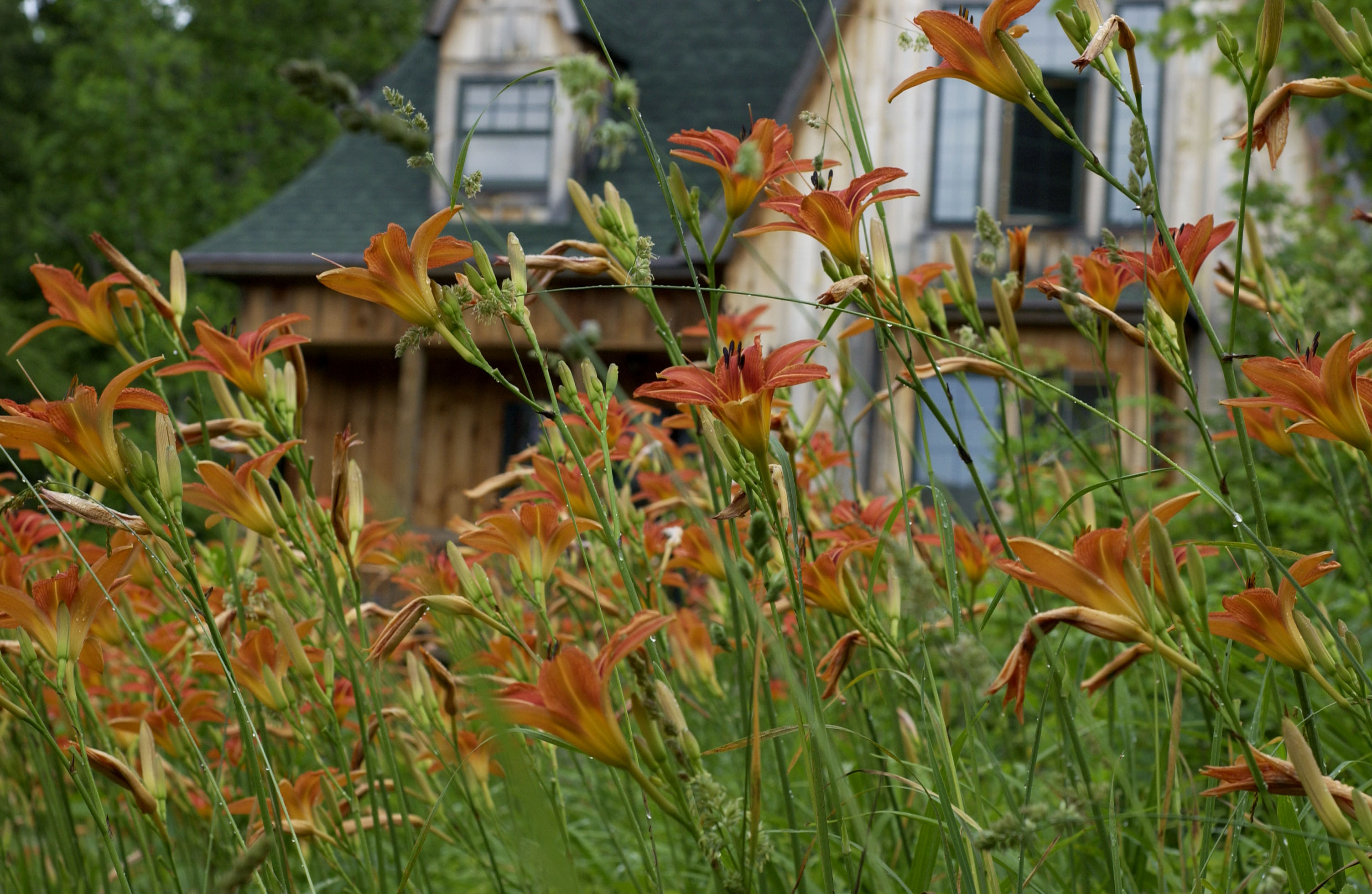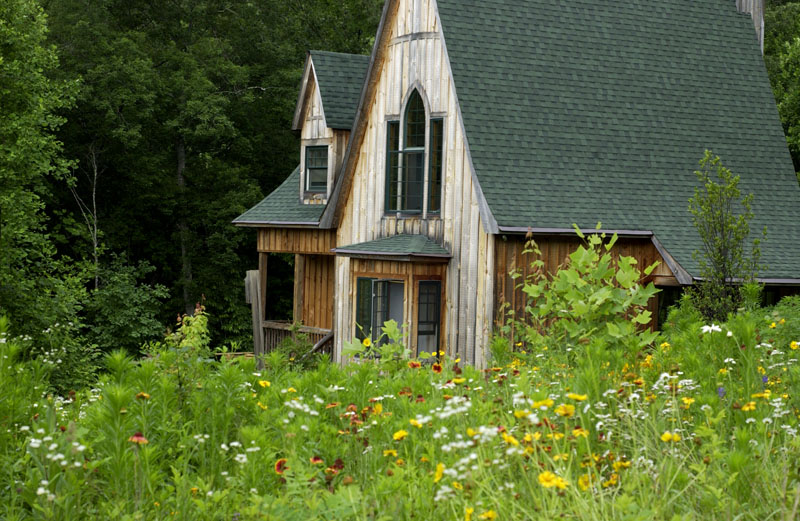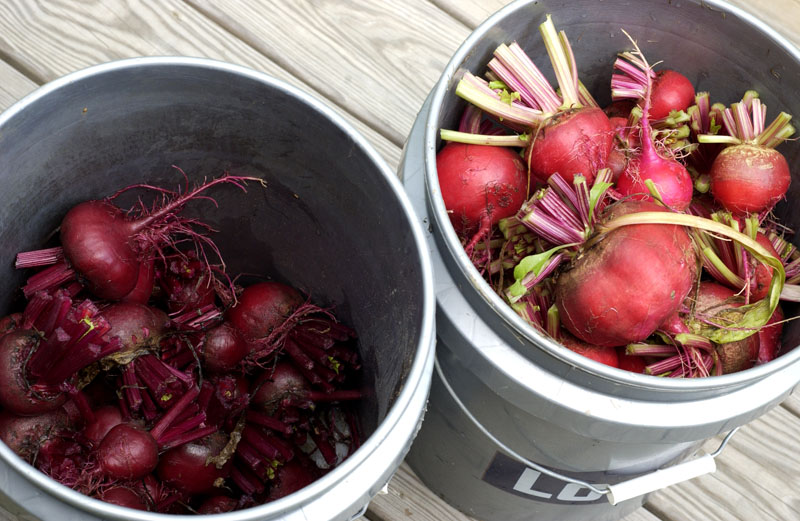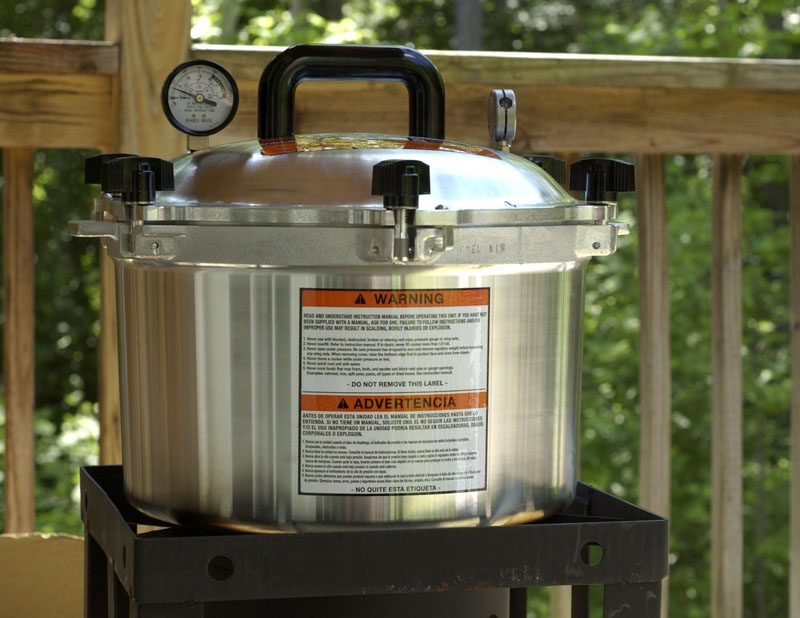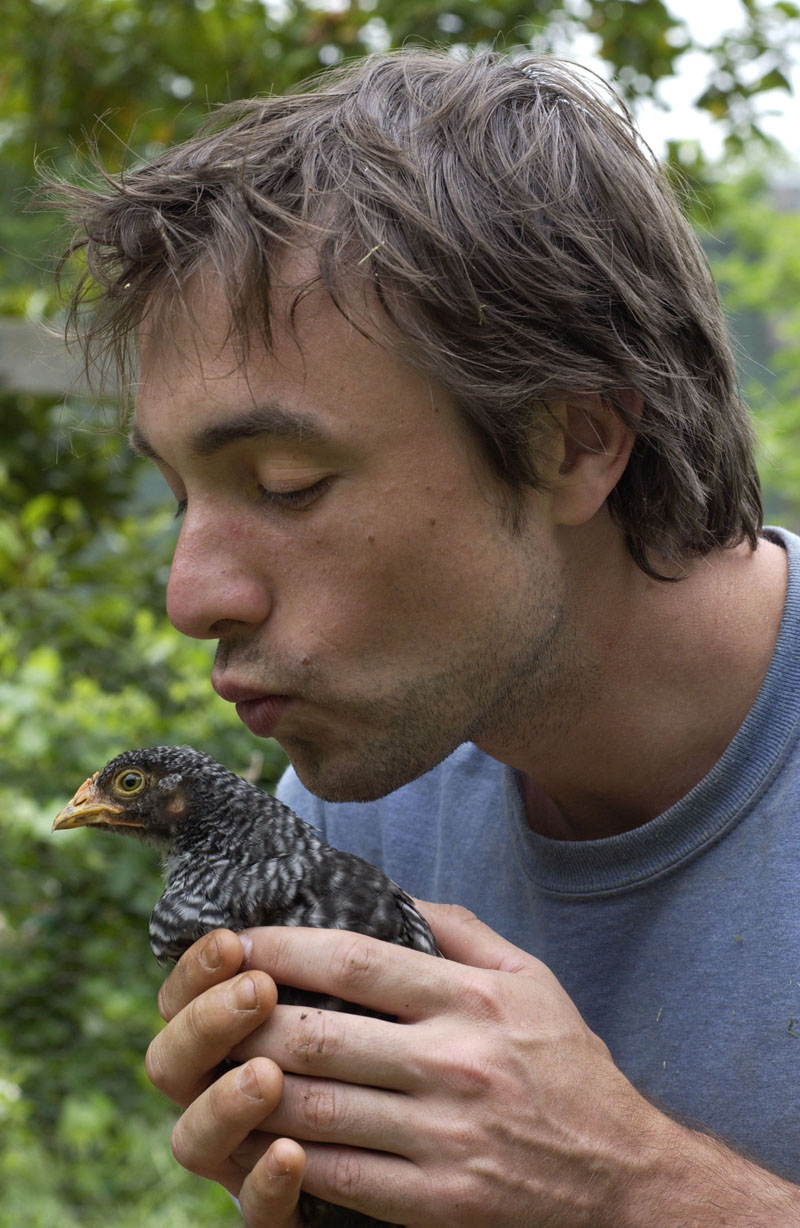One of the frustrations we’ve dealt with in fighting fracking in Stokes County — and in North Carolina — has been getting the attention of the Winston-Salem Journal. The potential fracking areas in Stokes and Rockingham counties are right in the Journal’s circulation area. We’d been trying for weeks to get the Journal to tell its readers that there are potential fracking areas right in their back yards. But other than a lukewarm editorial that did not even mention Stokes County, the Journal has ignored us — until today. They wrote quite a decent story today, and the were sensible enough to put it on A-1.
This venture into community organizing has been very interesting. Fracking — once people understand some basic facts — is a nonpartisan issue. Everyone is against it. People are grateful that you’ve let them know what’s going on, because the popular media have done such a terrible job.
The local politicians are really starting to feel the heat.

